The common wisdom in screenwriting is that bad novels make great movies and great novels turn into duds. I can think of plenty of arguments to disprove the theory, though – from The English Patient to Apocalypse Now (adapted from Joseph Conrad’s Heart of Darkness), from LA Confidential to The Age of Innocence, from The Treasure of the Sierra Madre to The Lord of the Rings.
What all these adaptations inherit from their source material is ambition: like the novels that came before them, they aspire to greatness, in terms of either scale or emotion. If you set out to adapt a classic, you’d better pray it’s going to be a great film because you’ll be held to a very high standard. An adaptation of a bad book may face other criticisms, but at least it won’t constantly be compared to a famous parent.
Taking the family analogy further, the most successful adaptations are often like wayward children who break away from the shadow of their famous parents to forge an identity of their own. They want to match their parents’ success but in their own way. Anthony Minghella, when describing his adaptation of The English Patient, said he read the book numerous times before he started his screenplay but then never looked at it again. In effect, he was raised by his parents, then left home. He let the memory and emotional impact of the novel guide him rather than the text.
Later this year, Ewan McGregor will make his directorial debut with an adaptation of Philip Roth’s American Pastoral, the winner of a Pulitzer prize and one of Time magazine’s top 100 books of the 20th century. It is the story of Seymour “Swede” Levov as told by his former classmate, Nathan Zuckerman. It’s the investigation of a life, a family saga, an exploration of American society in the 60s and 70s, and takes in momentous events such as the Vietnam war and Watergate. On top of that, its themes deal with the “unknowability” of people, a tricky proposition for a medium such as film.

Even more challenging is Tom Ford’s forthcoming adaptation of the novel Tony and Susan by Austin Wright, renamed Nocturnal Animals for the big screen and about to receive its premiere at the Venice film festival. In the book, twin narratives run side by side. A university professor, Susan, reads a crime thriller called Nocturnal Animals written by her ex-husband, Edward. It’s fast-paced and terrifying while Susan’s reflections on her ex-husband’s manuscript are deliberately slow-paced and contemplative. The novel is half revenge thriller, half internal drama: a complex work of metafiction that explores the idea that all texts are fluid and that the meaning of a book depends on the person reading it.
Daunting perhaps, but also potentially liberating. The biggest advantage of adapting an impossible book is that no one expects you to be entirely slavish to the source material. They’re not expecting a filmic replica. As a screenwriter, I’ve had two experiences of adapting “impossible books”: Henry James’s The Wings of the Dove and James Sallis’s Drive. Although they’re very different novels, they’re both told largely through internal narratives – they describe the character’s thoughts and emotions rather than depicting actual scenes or events.
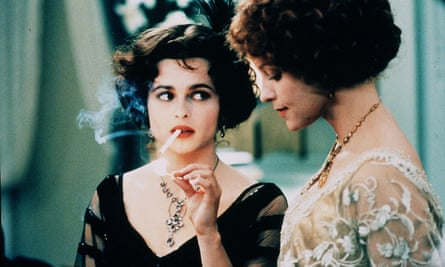
So where does one start? The advantage of adapting great novels is that they provide you with great characters. The Wings of the Dove and Drive may not have had many set pieces or long dialogue scenes I could lift, but they had whole chapters describing a character’s life history or thought processes. The characters were so intimately drawn, I felt I could imagine exactly how they’d behave or react in any given circumstance. I felt confident I could invent scenes that were not in the books and still stay true to the integrity of the characters – and the intentions of their authors.
The pleasure in adapting these books was that they allowed me to bring some of my own experiences and emotions to the process. As a student, I’d spent some time in Venice with university friends and many of our experiences and the locations we visited found their way into the Wings of the Dove script. Around the same time, I also spent several months living on my own in Rome and some of the loneliness of that informed the Drive screenplay.
I flatter myself when I say they felt halfway between adaptations and original screenplays, but that’s really a testament to the greatness of the novels. They not only allow you to see something of yourself in them, they allow you to project. Just as, in Tony and Susan, the reader’s experience of the book becomes as important as the words on the page. Similarly, every adaptation will be different depending on who’s writing it. An Aaron Sorkin adaptation of Wuthering Heights will bear no resemblance to the Quentin Tarantino version, even though they come from the same source.
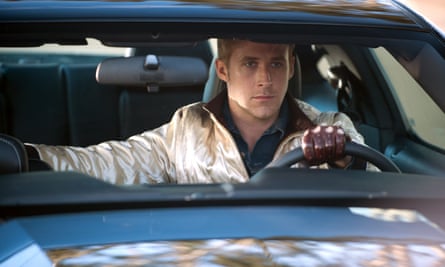
The least successful adaptations I’ve done are those without personality. When there are no spaces to fill in, the process becomes mechanical. The adaptation simply becomes a choice of which scenes to retain from the book and which ones to leave out. The inevitable result is a filleting of the novel. It becomes a hollow replica, the basic plot without its heart and soul.
If I could describe my ideal approach to an adaptation it would go something like this. I lie down on a sofa, which is where I like to read, and open a book. Gradually, I get lost in it. I flick over certain sections that lose my attention and re-read others that move or intrigue me. I pause occasionally and think that something like that happened to me, or drift off to imagine myself in the character’s shoes. Sometimes I’ll put the book down to take a rest or reflect on a shocking moment, then return to it because I can’t put it down for long. I read faster and faster as I approach the end, probably skipping the odd paragraph because I can’t wait to find out what happens. When I finally finish, I collapse – and think nobody else in the world understood or experienced that book exactly like I did.
The challenge of any adaptation is capturing that first, unique, individual reading experience – and bottling it over the months and years it takes to make a film.
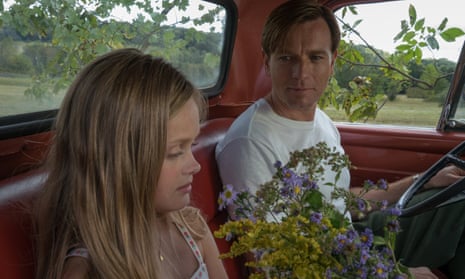


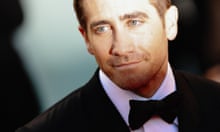



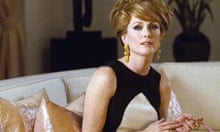
Comments (…)
Sign in or create your Guardian account to join the discussion